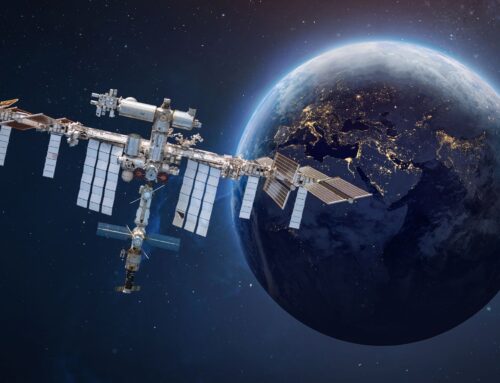This is the third installation in a breakdown of NASA’s 63-point objectives for deep space exploration. NASA released a listing of these objectives in September 2022 based on feedback from the scientific community, aerospace industry, and the public. Here are links to Part One and Part Two.
After establishing bases on the Moon (and later, Mars), NASA plans to prove that it can effectively use those outposts to thoughtfully access any off-planet resources that we may discover while conducting meaningful science. In order to do so, NASA has composed 12 objectives focused on the technology and daily operations necessary to live and work off-world.
Hit the Ground…Walking at a Steady Pace
It is important not to get ahead of ourselves as we return humans to the Moon and then head out to Mars. The first of NASA’s operations objectives acknowledges the need to proceed with caution with five basic items that need to be taken care of.
These five items concentrate on ensuring safe and productive missions:
- “OP-1L: Conduct human research and technology demonstrations on the surface of Earth, low-Earth orbit platforms, cislunar platforms, and on the surface of the Moon to evaluate the effects of extended mission durations on the performance of crew and systems, reduce risk, and shorten the timeframe for system testing and readiness prior to the initial human Mars exploration campaign.”
- “OP-2LM: Optimize operations, training and interaction between the team on Earth, crew members in orbit, and a Martian surface team considering communication delays, autonomy level, and time required for an early return to the Earth.”
- “OP-3LM: Characterize accessible resources, gather scientific research data, and analyze potential reserves to satisfy science and technology objectives and enable the use of resources on successive missions.”
- “OP-4LM: Establish command and control processes, common interfaces, and ground systems to support expanding human missions on the Moon and Mars.”
- “OP-5LM: Operate surface mobility systems, e.g., extra-vehicular activity (EVA) suits, tools and vehicles.”
Checking Vital Signs and Systems
A piloted off-world mission is only as good as its crew. NASA hopes to keep its astronauts in good spirits and good health throughout long deep space missions. Doing so will require advanced robotics, vital sign tracking, and rigorous mental and physical health evaluations. This is how NASA plans to address these needs:
- “OP-6L: Evaluate, understand, and mitigate the impacts on crew health and performance of a long deep space orbital mission, followed by partial gravity surface operations on the Moon.”
- “OP-7LM: Validate the readiness of systems and operations to support crew health and performance for the initial human Mars exploration campaign.”
- “OP-9LM: Demonstrate the capability of integrated robotic systems to support and maximize the useful work performed by crewmembers on the surface, and in orbit.”
Leave No (Useless) Trace
The remainder of NASA’s operation objectives focus on how to use existing resources such as equipment left during previous missions while minimizing the impact that human habitation will have on the lunar and Martian surfaces. The following objectives could also reduce payload weight, equipment redundancies, and overall costs:
- “OP-8LM: Demonstrate the capability to find, service, upgrade, or utilize instruments and equipment from robotic landers or previous human missions on the surface of the Moon and Mars.”
- “OP-10LM: Demonstrate the capability to operate robotic systems that are used to support crew members on the lunar or Martian surface, autonomously or remotely from the Earth or from orbiting platforms.”
- “OP-11LM: Demonstrate the capability to use commodities produced from the planetary surface or in-space resources to reduce the mass required to be transported from Earth.”
- “OP-12LM: Establish procedures and systems that will minimize the disturbance to the local environment, maximize the resources available to future explorers, and allow for the reuse/recycling of material transported from Earth (and from the lunar surface in the case of Mars) to be used during exploration.”
The objectives outline an ambitious plan for making the most out of NASA’s upcoming Artemis program missions. Alongside NASA’s transportation, habitation, and planetary objectives, they aim to help humanity achieve historical goals, make new scientific discoveries, and inspire generations of explorers to come.
When NASA sent humans to the Moon half a century ago they did so as the result of a race to get there first. Interest in long-term exploration, while interesting, quickly evaporated. As we return to the Moon and then head out to Mars, it is important to have a plan and guidelines – to follow. We also need a reason to spend time and resources to send people to these places. These 63 to-do items are an excellent start.






